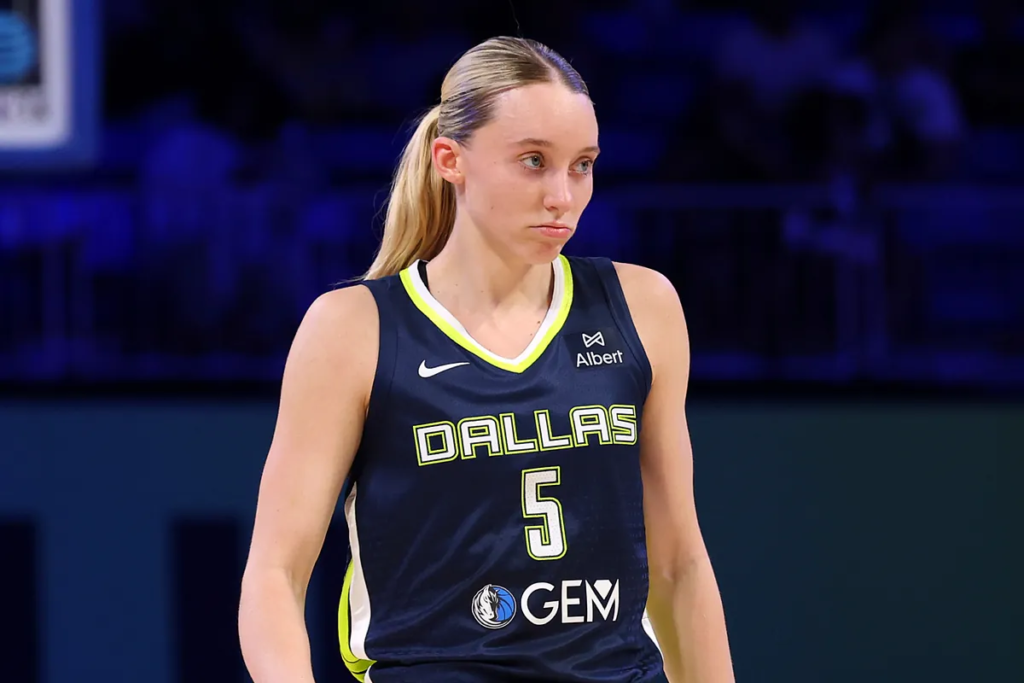For the Dallas Wings, Sunday’s game against the Las Vegas Aces began with hope and energy. But by the final buzzer, it ended in frustration, missed opportunities, and a lopsided 106-87 defeat that left Paige Bueckers with more questions than answers and a message her teammates could no longer ignore.
Despite a solid first quarter showing, Dallas saw its momentum disappear as the Aces exploded from beyond the arc, draining 18 three-pointers, the most ever made against the Wings and the second-most in WNBA regular season history. That barrage wiped out any chance of a comeback and handed Dallas its third straight loss.
A’ja Wilson dominated with a game-high 34 points, and no matter what Dallas threw at her, she found a way to score.
Maddy Siegrist, who quietly posted a career night of her own with 23 points on 11-of-15 shooting, six rebounds, and a pair of steals and blocks, summed up what defenders across the league already know.
“An unbelievable player,” Siegrist said. “Whether you guard her one-on-one or with two people, she’s going to consistently shoot over the top. We just have to do a better job limiting her touches. When she catches it on the low or mid-range like that, there’s not much you can do.”
Bueckers turns the page from individual stats to team accountability
While Siegrist remained complimentary in defeat, Paige Bueckers was far more direct. The rookie guard extended her streak of double-digit scoring games to 28, but she wasn’t interested in silver linings. Instead, she used the postgame platform to lay out exactly what needs to change if the Wings want to win again.
“Limiting free throw attempts, limiting threes,” Bueckers said, pointing out the team’s glaring defensive breakdowns. “I thought we did a decent job of keeping them out of the paint, but they got too many threes.”
It was a brutal but accurate assessment. The Aces shot 53 percent from deep, while Dallas managed just 3-of-17 from long range. Though the Wings controlled the boards 37-28, they were outmaneuvered on rotations and too often caught chasing shooters in space.
“So being able to keep people in front, not having to be in a constant rotation and scramble – that leads to open threes,” Bueckers continued. “Not being so deep in the nail and in help positions, and just really paying more attention to the three-point line.”
Read the full article here

